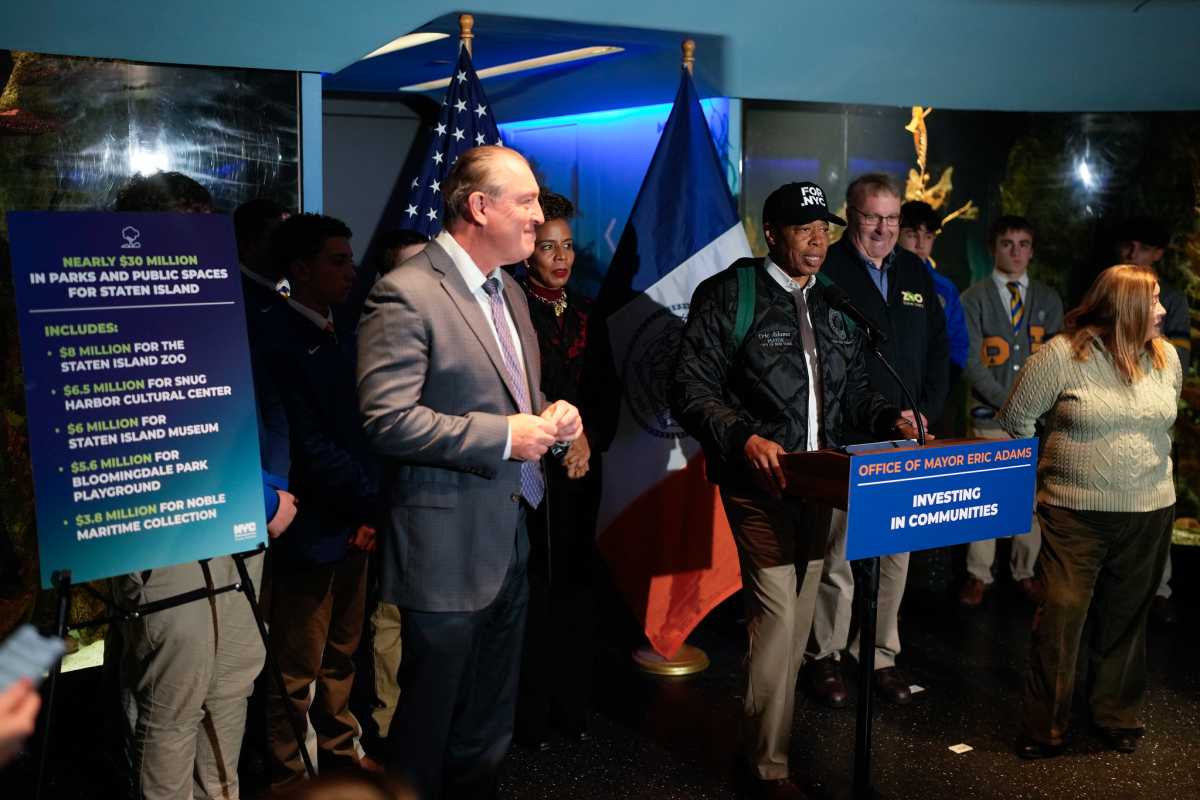As we approach the new year in Queens, native son Donald Trump’s improbable victory as the nation‘s new president has made Americans more optimistic about the future.
The consumer index surged in December to its highest point since 2001 in the aftermath of Trump’s election, according to the Conference Board. Another key barometer, the University of Michigan’s confidence survey, found Americans were more hopeful about the economic outlook than in the past 13 years.
Even fears about a possible trade war and the economic turmoil that could follow a dismantling of Obamacare failed to blunt the euphoria at the prospect of deep change to the country.
The annual New Year’s poll conducted by the Associated Press and the Times Square Alliance also was upbeat with 55 percent of Americans saying they expected 2017 to be better for them than 2016. The percentage of bullish Americans clocked in at only 43 percent last year.
When consumers are more confident, they tend to spend more, which could bode well for Queens. Consumer spending is a major driver of the U.S. economy, accounting for as much as 70 percent of GDP by some estimates.
Queens had the city’s lowest unemployment rate of 4.5 percent in November in keeping with the borough’s steady track record for more than two decades.
Small businesses are the life force in Queens, which probably has the nation’s most ethnically diverse work force. The newcomers are starting their own businesses, building on past successes and relying on their entrepreneurship skills to capture the American Dream.
The two airports and the hospitals are giant employers in the borough, but it’s the mom-and-pop businesses that are firing the economic engine.
In another sign of headier times, Queens businesses with fewer than 10 employees must pay workers a minimum wage of $10.50 an hour from $9 beginning Jan. 1. Businesses with at least 11 employees will pay $11 an hour as the minimum wage heads to $15 across the state by 2021.
Weighing against this positive outlook are two tough challenges Queens faces: the homeless crisis that has forced the city to house desperate people in the borough’s motels and the threat of federal action against immigrants, who make up 50 percent of the county’s population.
Many of the homeless in Queens work at low-paying jobs but need affordable housing to advance. If we can’t harness their potential contribution to the Queens economy and the immigrants leave due to deportation and fear, the economic might of the borough could be diminished.


































